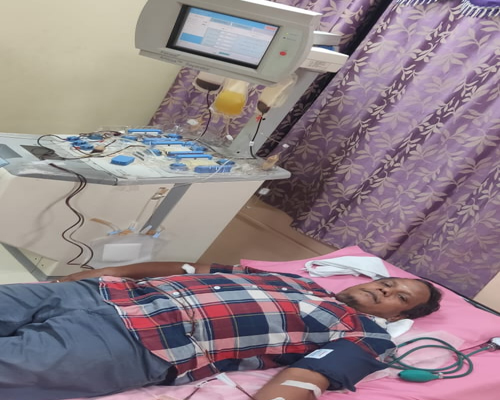Chennai plasma bank

What is Plasma?
- Plasma is the clear, straw-colored liquid portion of blood that remains after red blood cells, white blood cells, platelets and other cellular components are removed. It is the single largest component of human blood, comprising about 55 percent, and contains water, salts, enzymes, antibodies and other proteins.
- Composed of 90% water, plasma is a transporting medium for cells and a variety of substances vital to the human body.
- Plasma carries out a variety of functions in the body, including clotting blood, fighting diseases and other critical functions.
- Source plasma is plasma that is collected from healthy, voluntary donors through a process called plasmapheresis and is used exclusively for further manufacturing into final therapies (fractionation). Source plasma donors may be compensated for their time and effort.
- Recovered plasma is collected through whole blood donation in which plasma is separated from its cellular components. Recovered plasma may be used for fractionation.
Apheresis platelets are usually called single donor platelets because they are collected from a single donor with an automated cell separator. Donors usually have an IV line in each arm. Blood pumped from one arm passes through a blood cell separator centrifugation system that collects platelets and returns plasma and red cells to the donor’s other arm they can be stored up to 5 days under the same conditions as random donor platelet concentrates. Five day old apheresis platelets produce the same post transfusion platelet increment as one day old units.
During a platelet donation, whole blood is drawn from one arm into a sterile kit inside a cell separating machine. The machine separates the blood so that only platelets and plasma are collected. The other blood components (red cells and white cells) are returned to the donor via the same arm.


Leave a Reply
Want to join the discussion?Feel free to contribute!